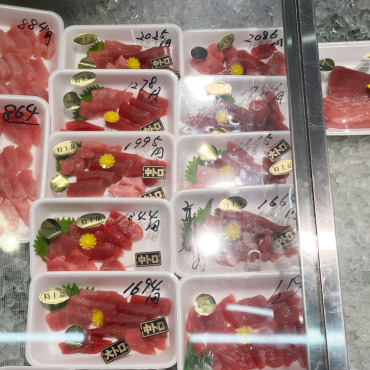
~ Kumano Sanzan Pilgrimage, Exquisite Tuna, Cycle Train ~
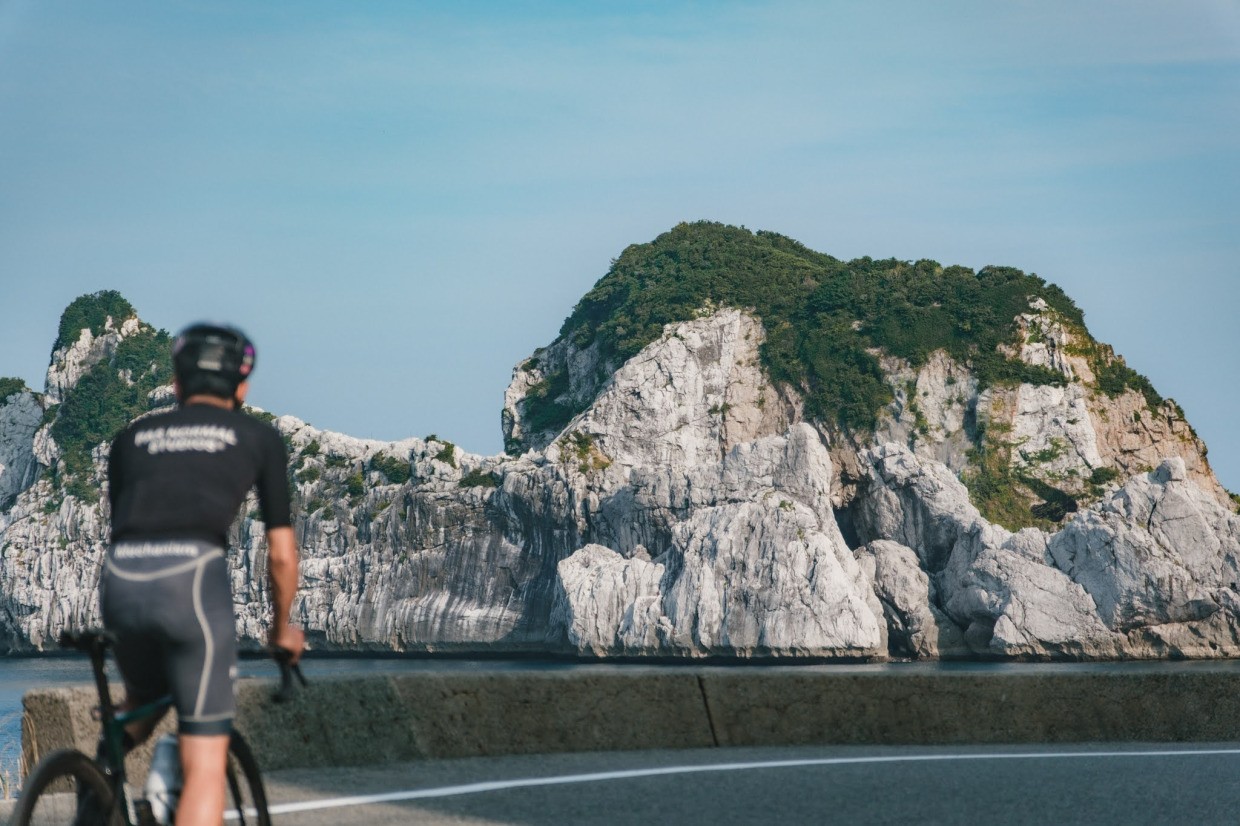
On the second day of our ride exploring Wakayama’s sea and mountains, we chose an early departure at 6:30 a.m., taking into account the ferry schedule for our return trip. It was a ride to be enjoyed only during the cool morning hours before the sun unleashed its full intensity. In contrast to the deep greens of Day 1, today awaited an encounter with Wakayama’s proud azure seascapes.
Text_Ryuji Ise
Photo_Tatz Shimizu
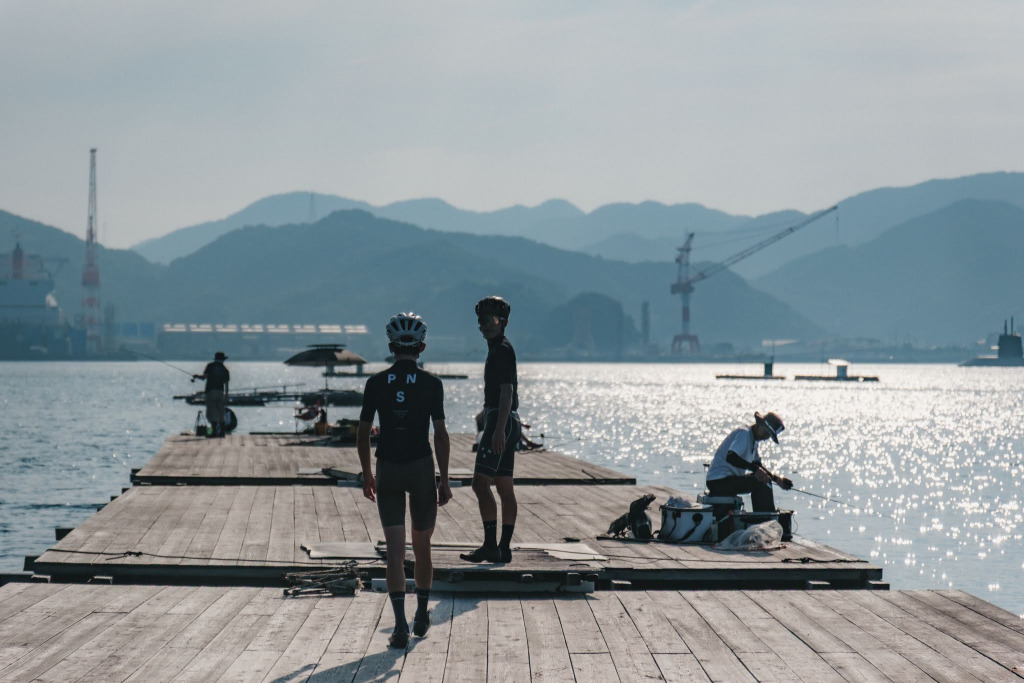
Route Overview
Starting Point: Haman no Ie
Route: Head north along the coastline toward Shirasaki → descend inland southward toward Mihama Town → Kii Hinomisaki Lighthouse → follow the coastal road north to return to the lodging in a clockwise loop
Total Distance: 58.23 km
Ride Time: 3 hours 6 minutes
Elevation Gain: 733 m
Highlights: A varied route design that allows you to fully enjoy the spectacular views of the ria coastline
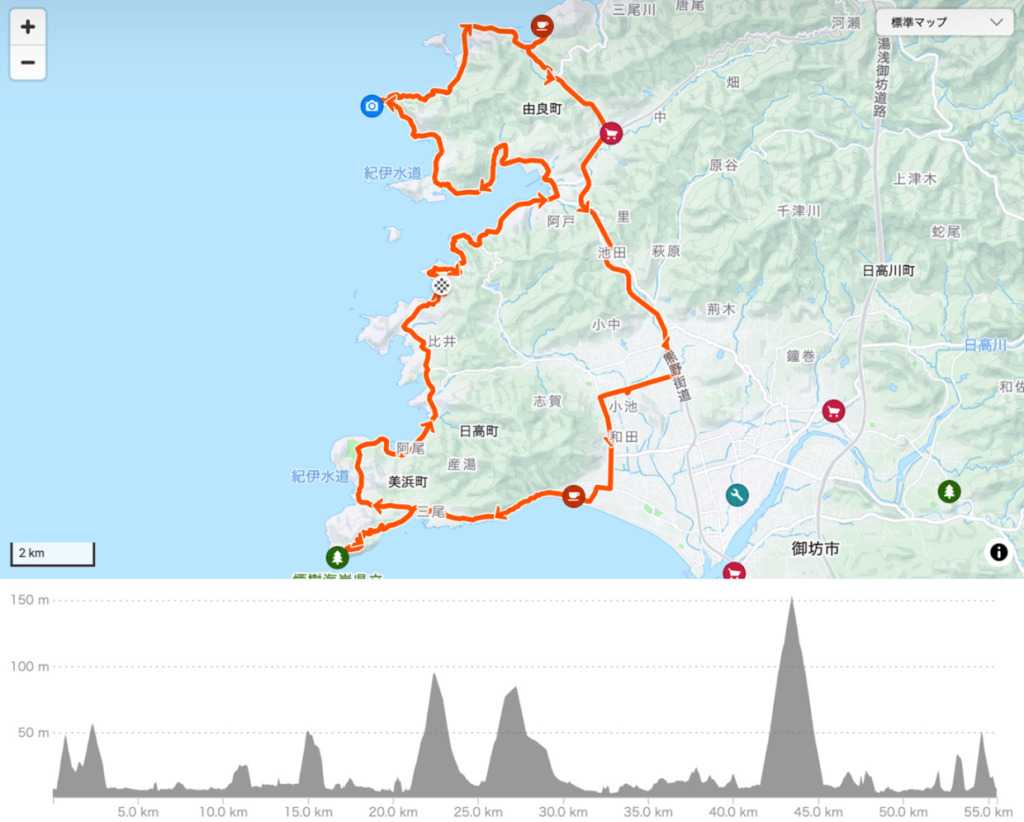
During the planning stage of the second day’s route, I noticed an interesting similarity: the west-facing ria coastline and inland town closely resemble the coastal geography of Seiyo City in Ehime Prefecture. Exploring how these geographic features influence the local culture and landscape became one of the pleasures of riding this route.
Table of Contents
1. Coastal Ride Begins at 6:30 a.m. with the Cool Morning Breeze
2. Yura Sea Fishing Park — Discovering Commonalities with the Seto Inland Sea Culture
3. Tatego Rock — Spectacular Natural Frame Creating Scenic Art
4. Inland Journey — Tunnel through Darkness and a Local Classic Café
5. Challenge to the Westernmost Point — Kii Hinomisaki Lighthouse
6. Journey’s End — Stop at Michishio no Yu Hot Spring

We mounted our bikes and set off right on schedule. Though the fatigue from the previous day still lingered deep within our bodies, waking up early while traveling felt like magic—it wasn’t a burden at all. Along the early morning coastline, local residents enjoyed leisurely walks and families savored beach camping, creating a calm weekend atmosphere. Inspired by their relaxed expressions, we dismounted and let the sea breeze wash over us completely.
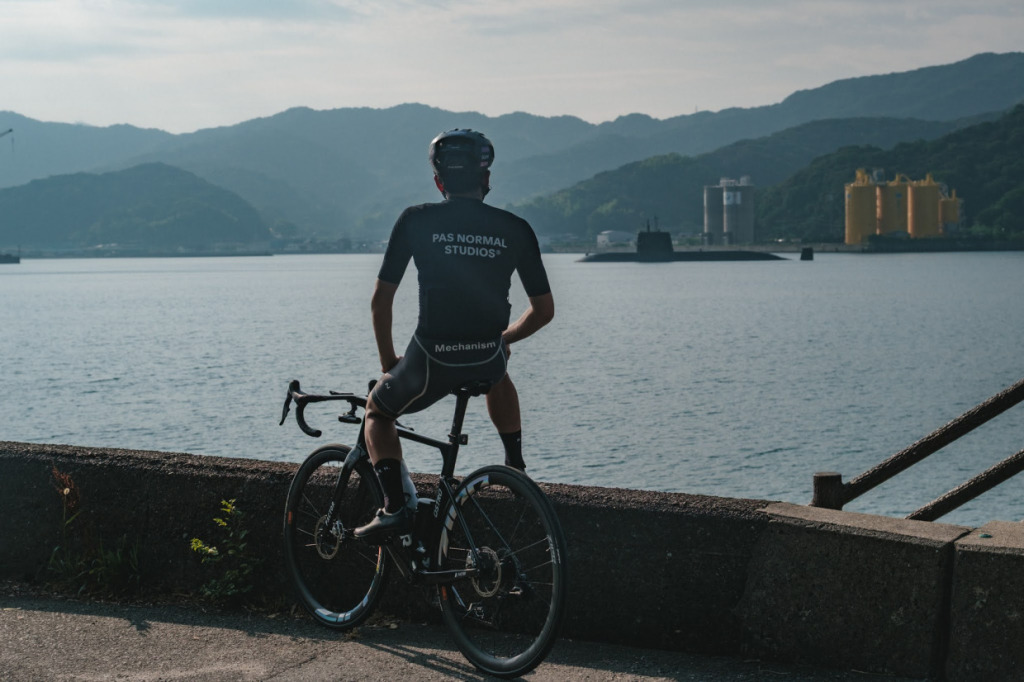
At the Japan Maritime Self-Defense Force base in Yura, a rarely seen sight for civilians—a majestic submarine—was docked, captivating the heart of a military enthusiast like me. Unplanned stops like this kept happening along the way, but even with time constraints, it’s precisely these spontaneous encounters that make a journey truly meaningful.
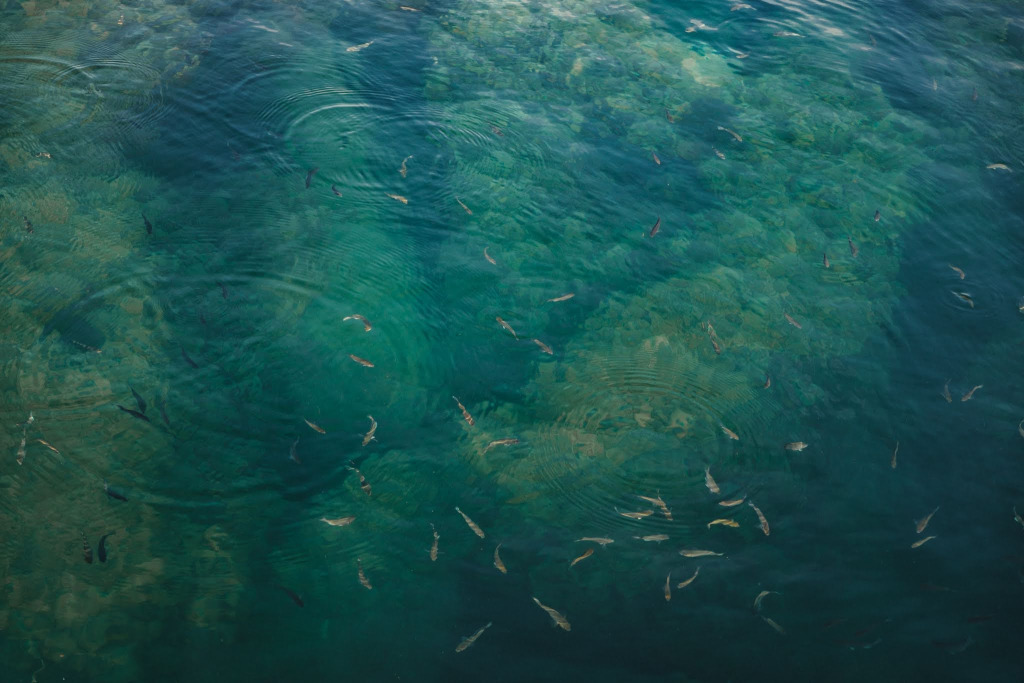
Our first destination of the day, Yura Seaside Fishing Park, is one of the premier sea fishing spots in the Kansai region. From its network of floating piers stretching about 40 meters into Yura Bay, anglers can target a wide variety of fish species year-round.
Even from the floating rafts set up in the sea, I could spot large schools of fish with the naked eye, and I was amazed by the richness of the ecosystem. Located at the boundary between the Kii Channel and the Kumano-nada Sea, these waters are influenced by the Kuroshio Current, making them abundant with marine life—from migratory species like horse mackerel, sardines, and mackerel to rockfish such as black sea bream and rudderfish.
As I bid farewell to the anglers, I found myself thinking, “When I get back home, maybe I’ll pick up a fishing rod again after all these years.”
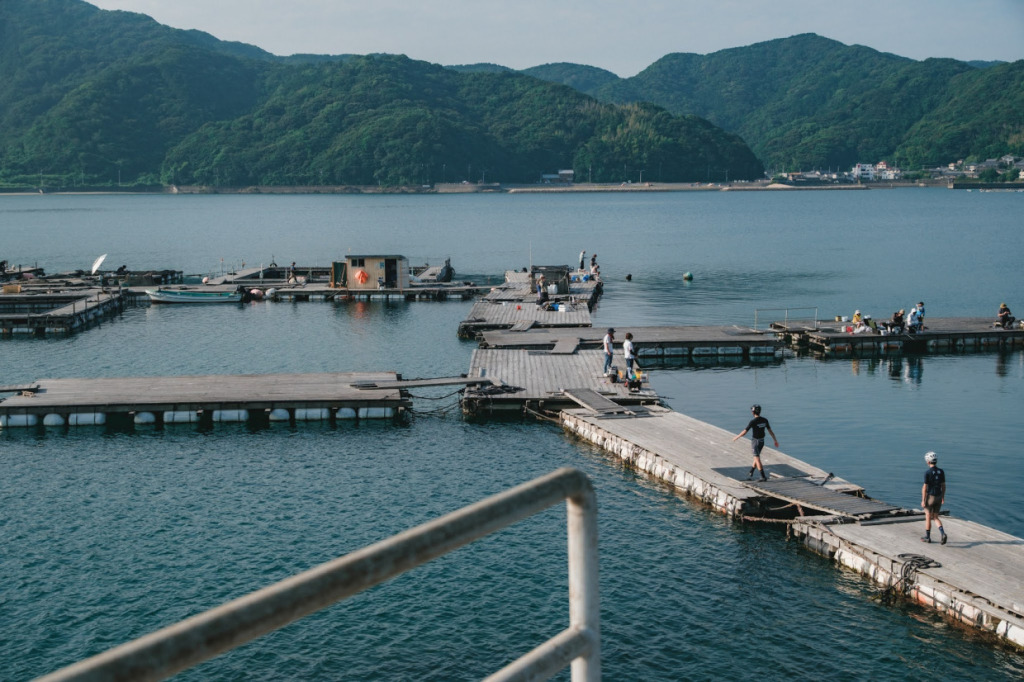
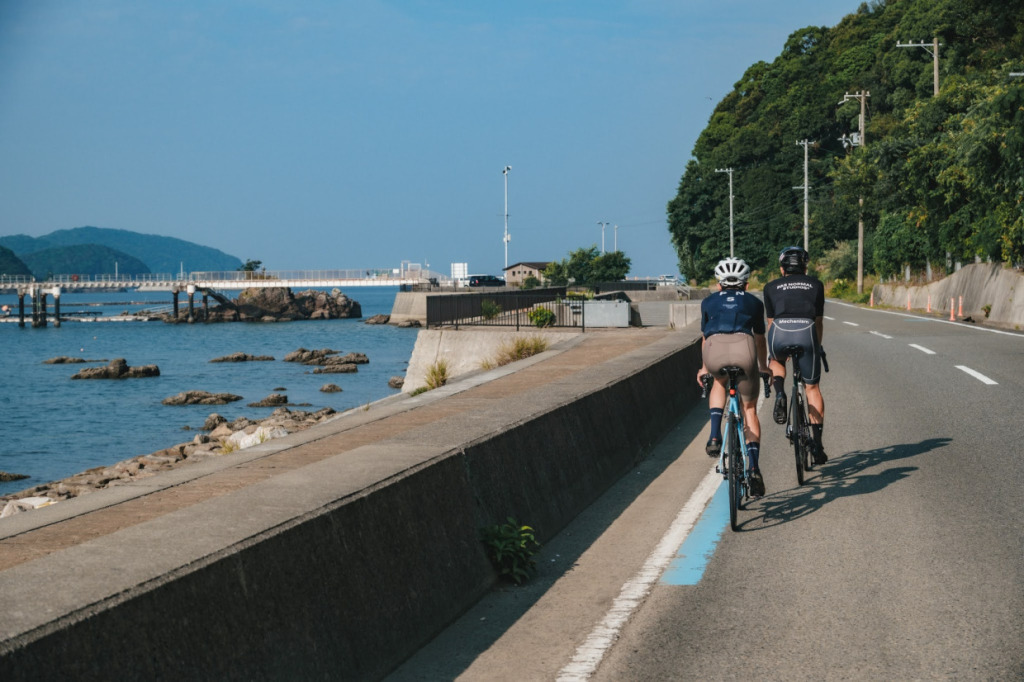
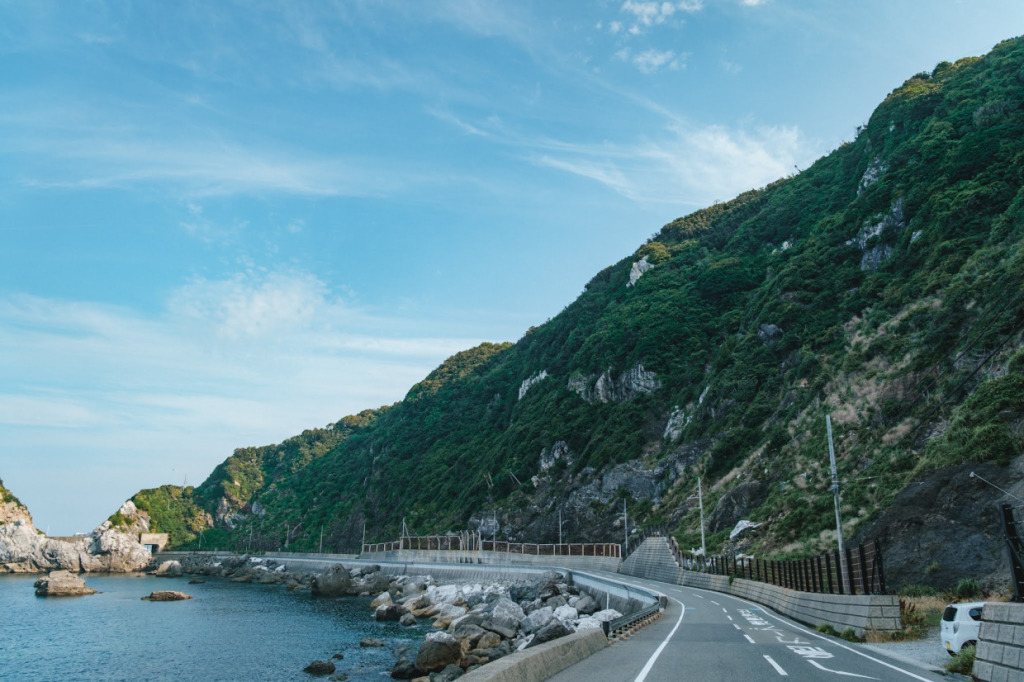
The approach from Yura to Shirasaki follows a scenic coastal road with clear views of the sea. With extremely light traffic, it offers an ideal setting for cyclists. As I pedaled along, I couldn’t help but notice the many geographical similarities to my hometown of Seiyo City in Ehime Prefecture—from the gently rolling hills to the calm, biodiverse waters. Though it was my first time riding this route, I was overcome by a strange sense of déjà vu.

As I cruised along, cutting through the pleasant sea breeze, a massive white rock formation appeared offshore. It was Tatego Iwa, a striking natural landmark on Shirasaki Coast and one of Wakayama Prefecture’s most iconic scenic spots. This towering limestone monolith—about 25 meters tall and 10 meters wide—was formed by the uplift of ancient seabed deposits dating back some 15 million years.
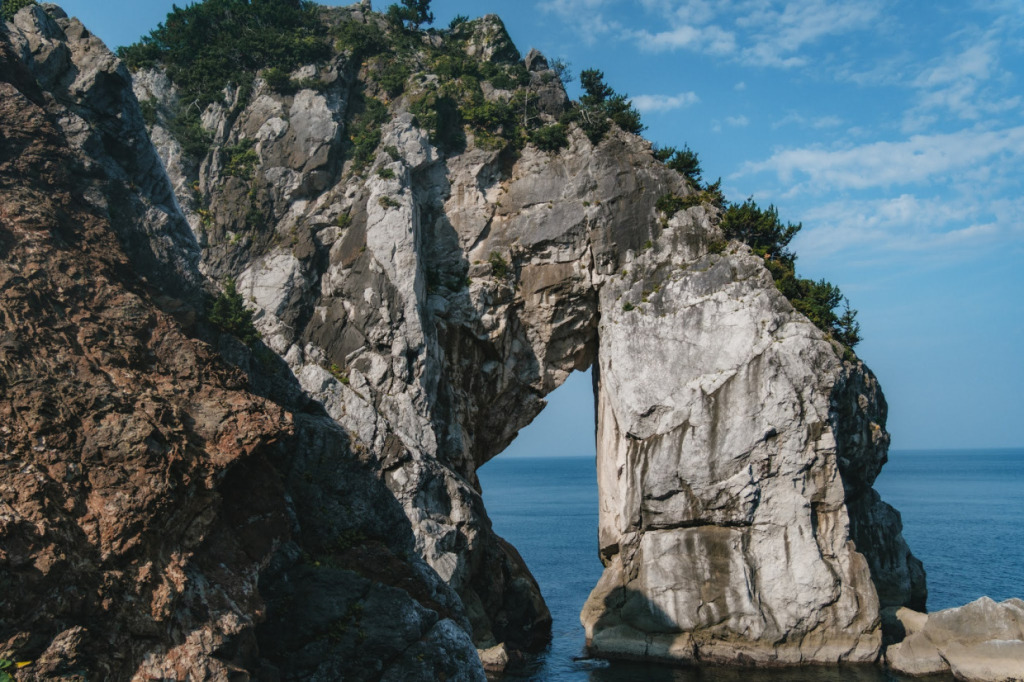
The towering limestone monolith rising from the sea has a large hole carved through it by relentless wave erosion, creating a truly awe-inspiring sight. By chance, I managed to capture a photo of a fishing boat passing through the opening—framed perfectly by nature itself. The rock forms a natural frame, turning the seascape beyond into a scene that resembles a beautifully composed painting.
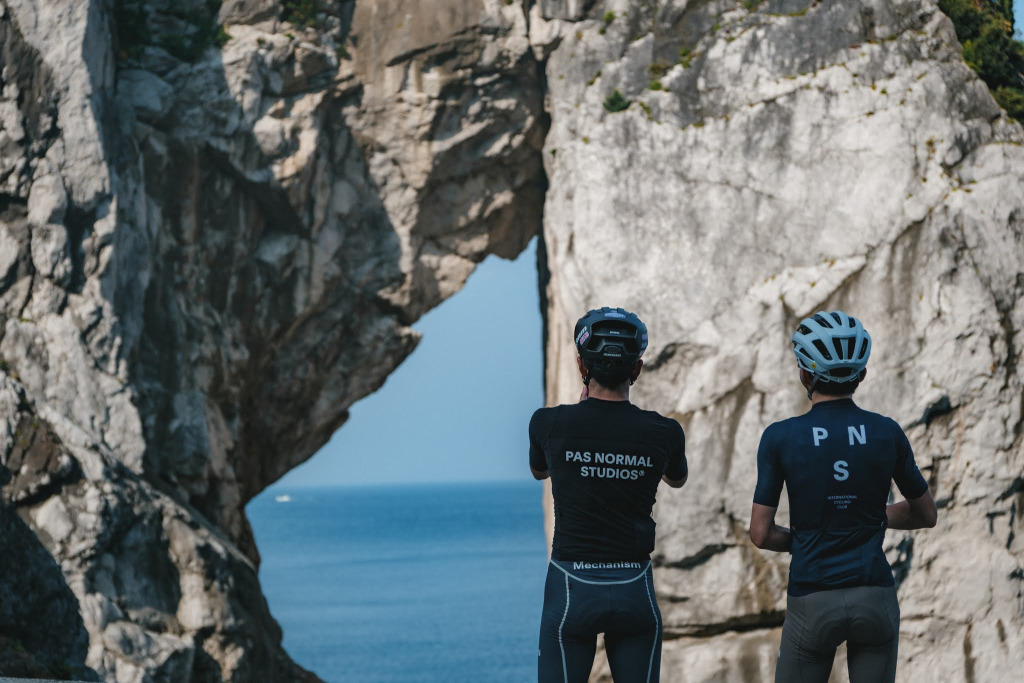
This area holds significant geological value as an exposed limestone zone. Adjacent to it lies Shirasaki Ocean Park, which has a rich history—once used as a quarry and, before the war, as a military facility. The striking contrast between the brilliant white of the limestone and the deep blue of the sea creates a scene that feels like a work of art crafted by nature itself.
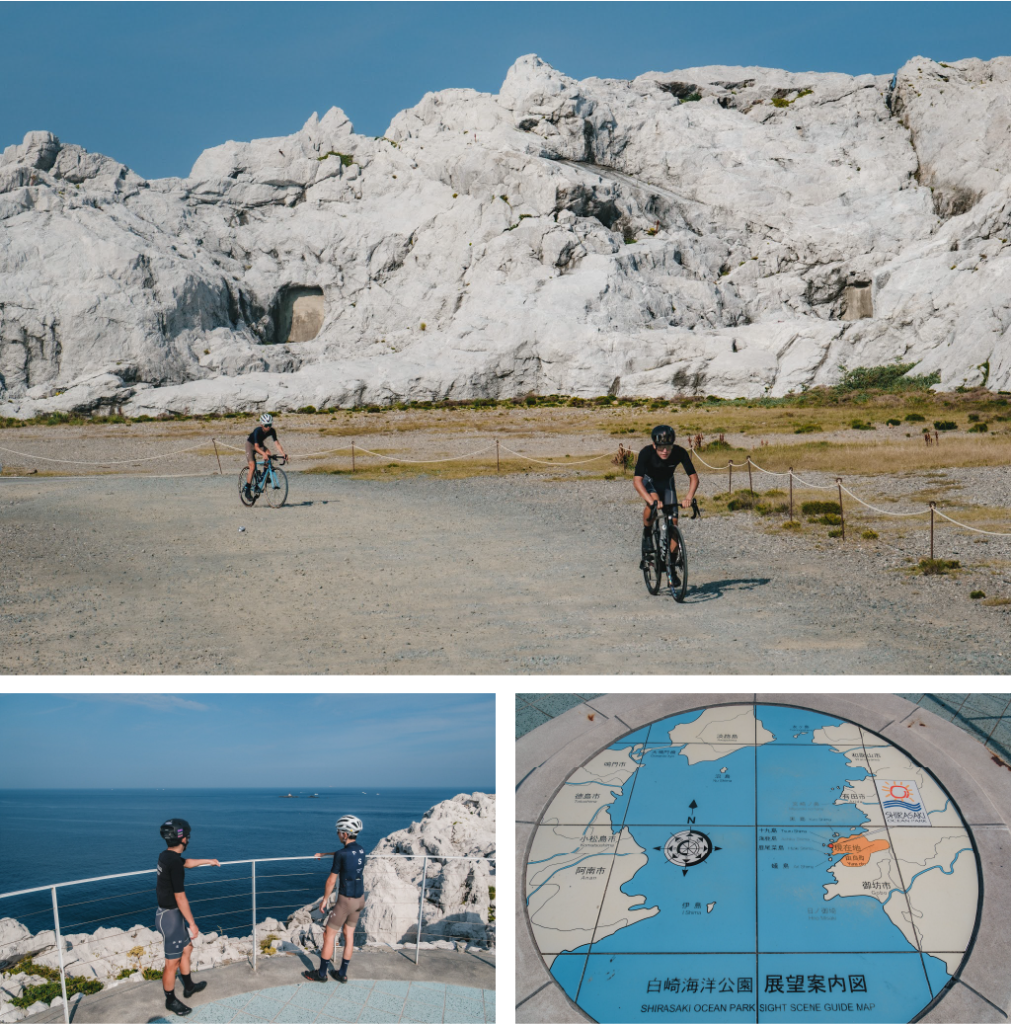
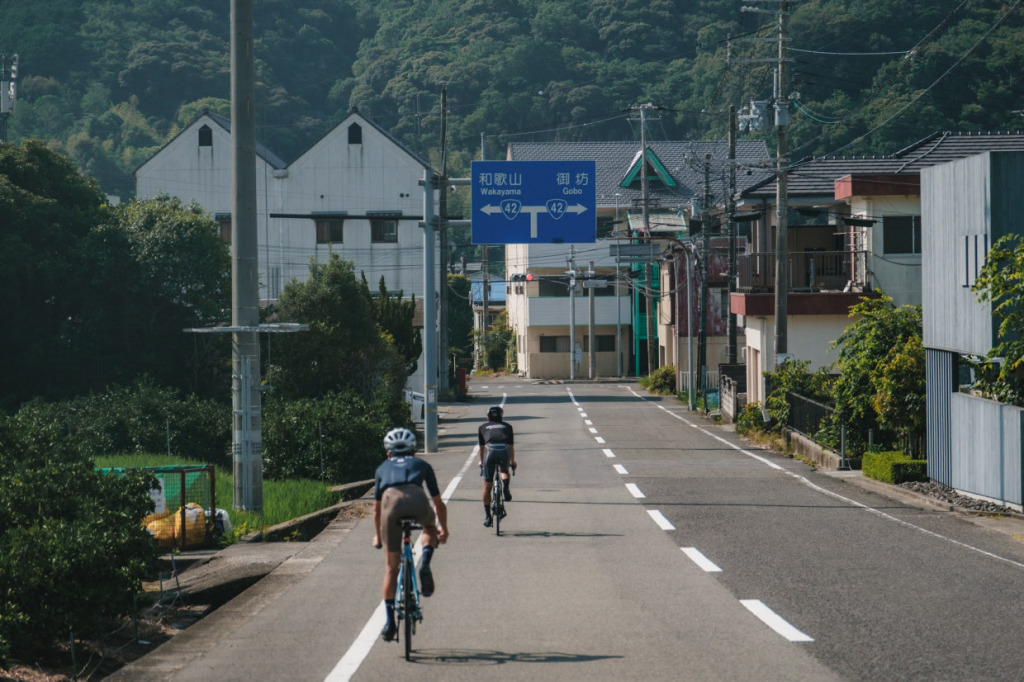
After leaving Shirasaki, we headed toward a town in the inland area of Hidaka Town. To avoid the heavy traffic of National Route 42, we opted for the old Yura-dō Tunnel, which was reportedly completed in 1889 (Meiji 22). This turned out to be a great decision—the winding mountain road offered a varied and enjoyable ride.
The Yura-dō Tunnel, about 300 meters long, is an old tunnel that once served as a major transportation route before the construction of the current Route 42. Carved out using Meiji-era civil engineering techniques, the tunnel is a valuable relic that reflects the travel conditions of that time.
Inside the tunnel, there was no lighting at all—completely dark, making passage impossible without a headlamp. Surrounded by the damp, chilly air, we felt like we were on a mini-adventure. Kojima, clearly unnerved, muttered, “No way I could go through here alone at night.”
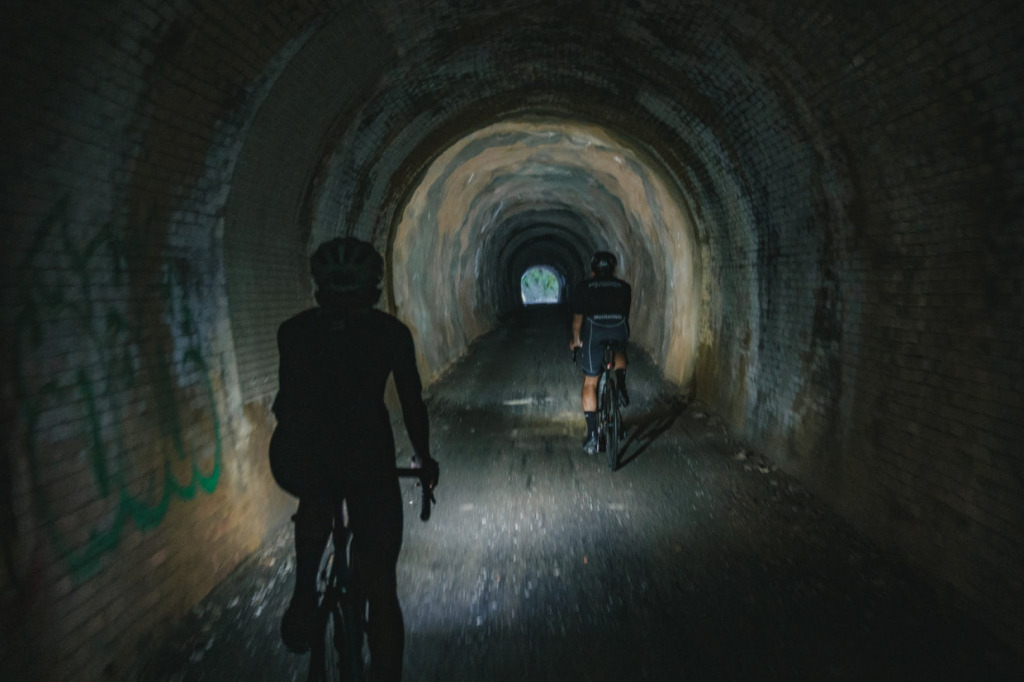
As we emerged from the tunnel and descended into town, it happened to be the perfect time for a morning break. The temperature had already risen enough to make us crave something cold, and the idea of an iced coffee sounded irresistible. Spotting a café called Ichirin, we instinctively pushed open its door.
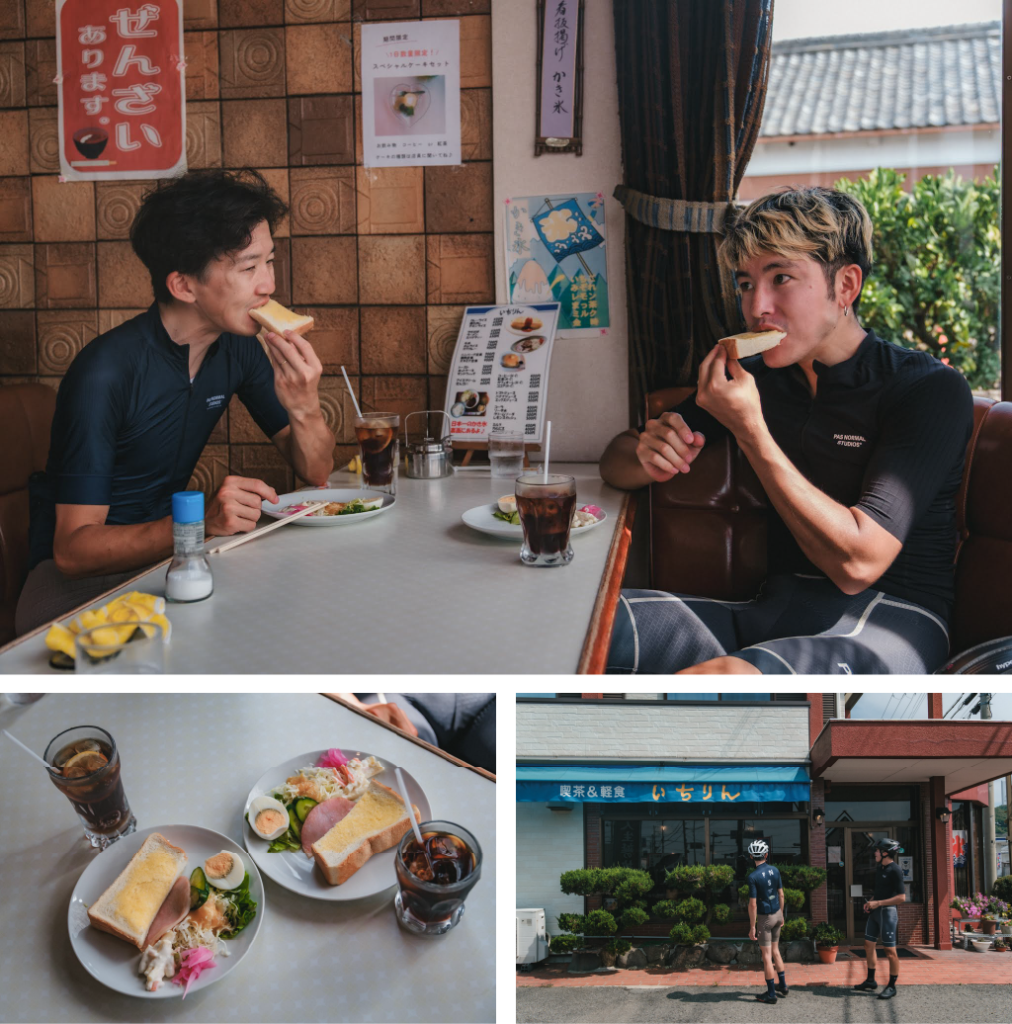
Inside, the café was a classic, community-centered spot where local residents were enjoying their morning routines. The atmosphere was filled with a nostalgic Showa-era charm, and regulars were engaged in lively small talk. Wrapped in the warm greeting of the kindly proprietress, the homemade morning set and iced coffee felt as comforting as a mother’s home-cooked meal, creating a relaxing space where time flowed gently.
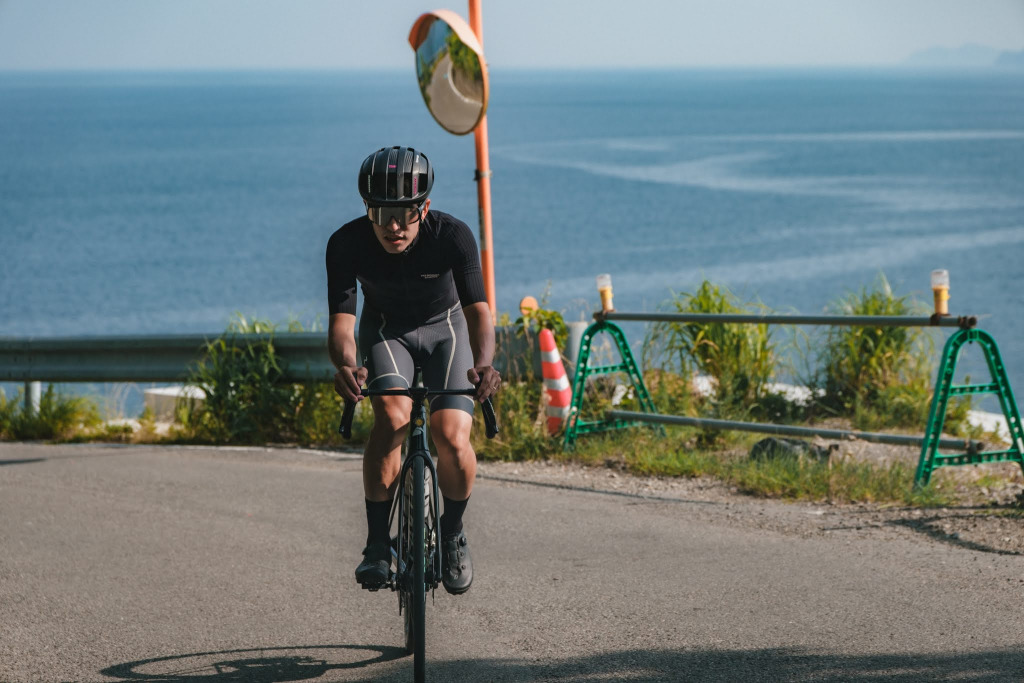
After breakfast, we extended our journey to Kii Hinomisaki Lighthouse, the westernmost point of the Kii Peninsula. This historic lighthouse was first lit in 1890 (Meiji 23), with the current structure rebuilt in 1959. Standing approximately 19 meters tall and painted pristine white, the lighthouse has been guiding ships safely through the Kii Channel for over 120 years.
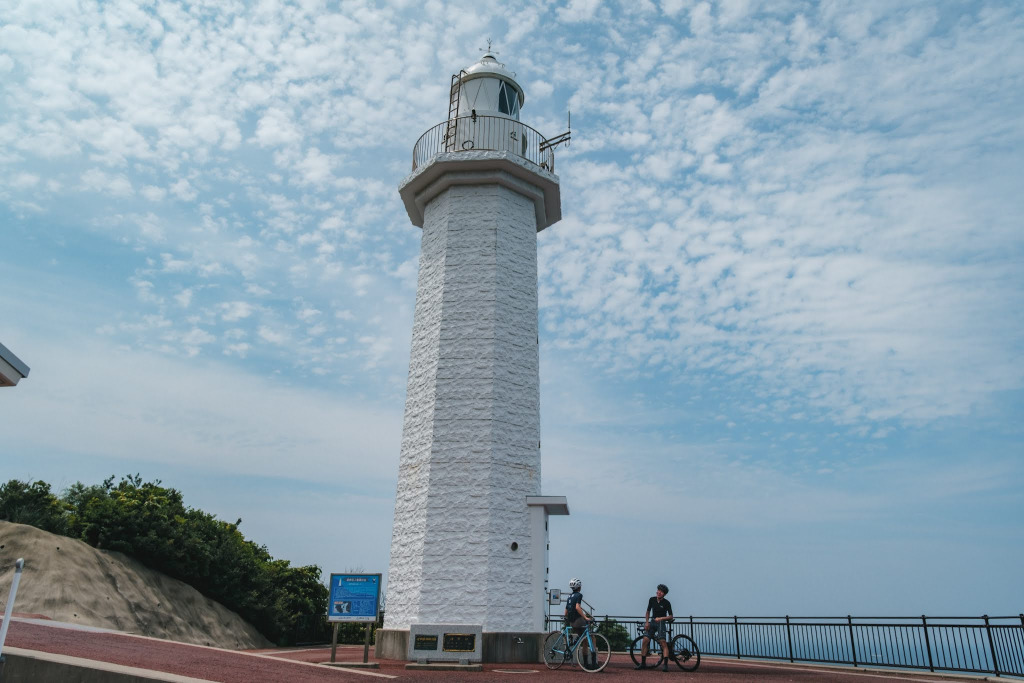
The climb up to the lighthouse proved to be the toughest challenge of our trip. Although the distance from the base to the lighthouse plaza was a short 2 kilometers—much less than the route to Oishi Highlands the day before—the average gradient of 9% meant it was a steep, wall-like ascent. To make matters worse, there was little shade, and we battled the relentless sun beating down on us.
It felt less like cycling and more like mountaineering as we gasped our way to the lighthouse. At the very end, I had to dismount and walk like a pilgrim. Yet, the view of the horizon from the lighthouse plaza was breathtaking, and the sea breeze rising from the Kii Channel acted like a natural fan, soothing our nearly overheated bodies.

The long coastline stretching southeast from Kii Hinomisaki Lighthouse is known as Engekihama. It features a magnificent pine forest about 500 meters wide and approximately 6 kilometers long, renowned for its stunning scenery. The beauty of the area is especially remarkable during sunset.
With this, the final piece of our journey’s purpose fell into place. All that remained was to race along the rollercoaster-like ups and downs of the coastline and head back to our accommodation.
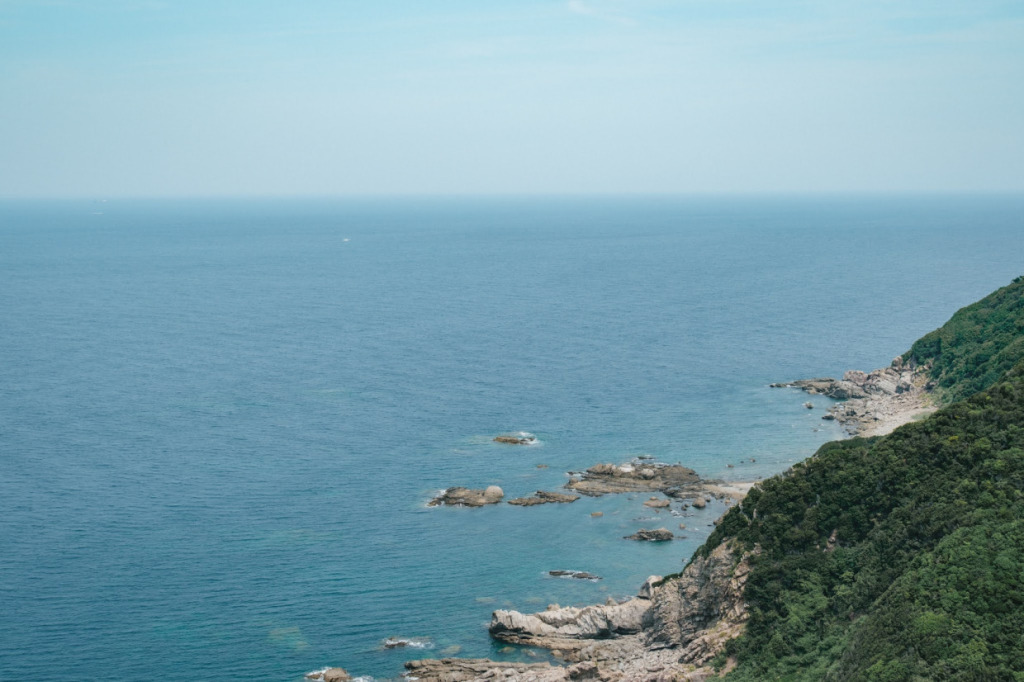
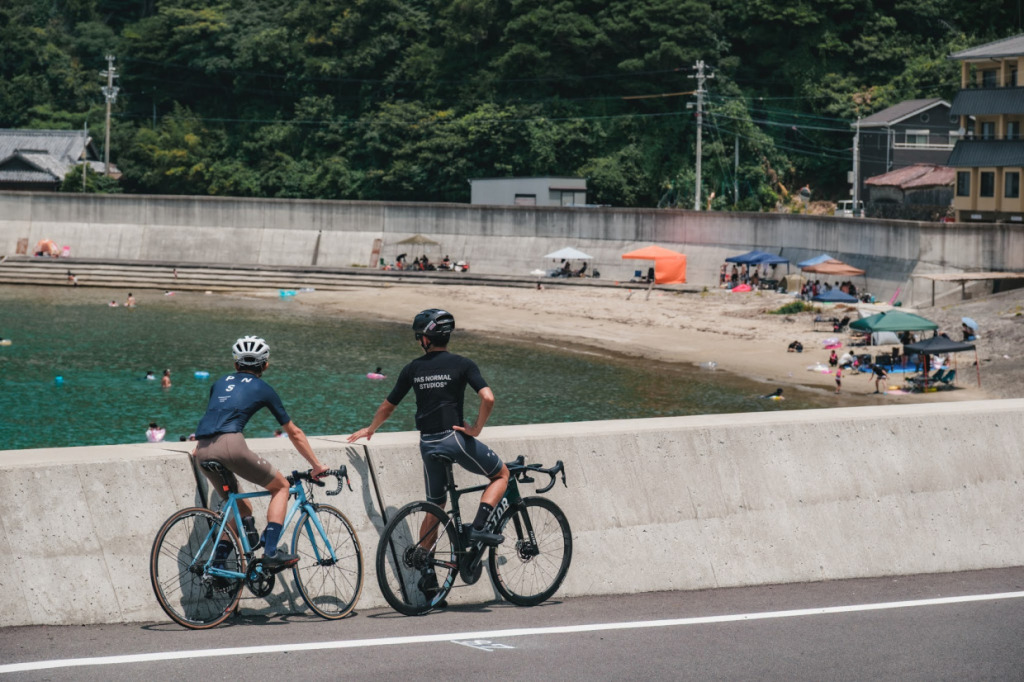
After two full days of adventure, our bodies were utterly exhausted, but riding on, we savored the remaining stretch of the journey, immersed in a deep sense of fulfillment and bliss.
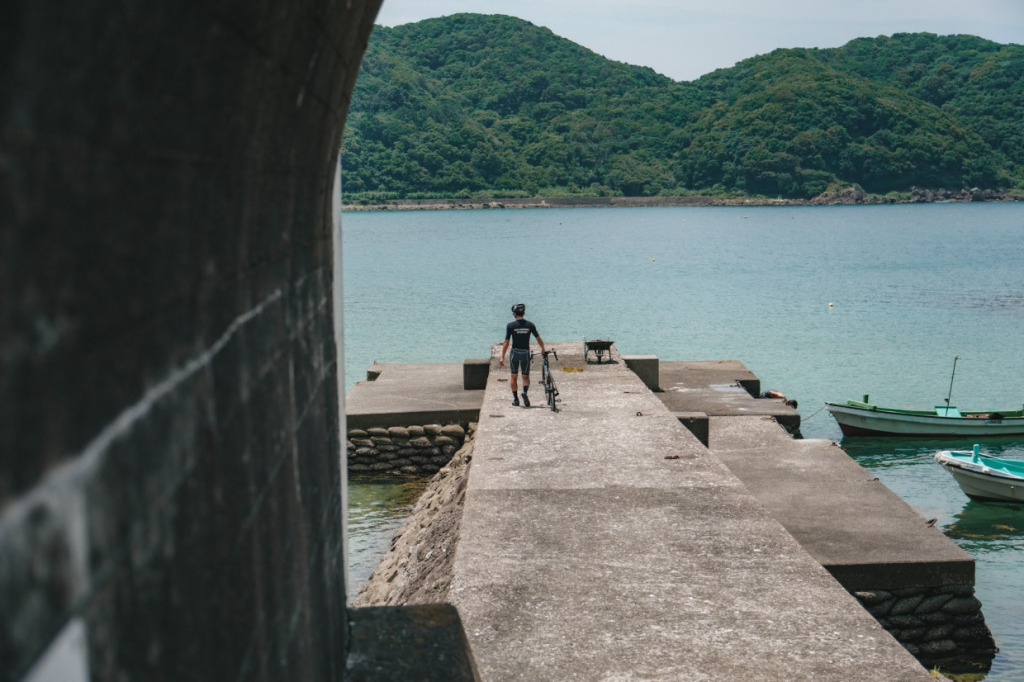
As we returned near the lodging, the beach, which had been quiet early in the morning, was now lively with people enjoying the sea. The scene felt like the closing chapter of our journey, filling us with a bittersweet sense of nostalgia. We washed away the day’s sweat at the nearby public bath, Michishio no Yu, and spent as much time as we could sharing memories of the trip in the open-air bath overlooking the pristine ocean.
Epilogue
A summer memory of three days and two nights fully immersed in the great nature of Wakayama. This time, we enjoyed a relatively lesser-known local area, but Wakayama still holds many famous tourist spots waiting to be explored—such as Shirahama, Koyasan, and the Kumano Kodo pilgrimage trails.
Before returning to the reality called everyday life, I gazed at the mountains of the Kii Peninsula from the ferry deck, silently vowing to visit this place once again. Finding time to come back—this was a fulfilling journey that made me want to return.
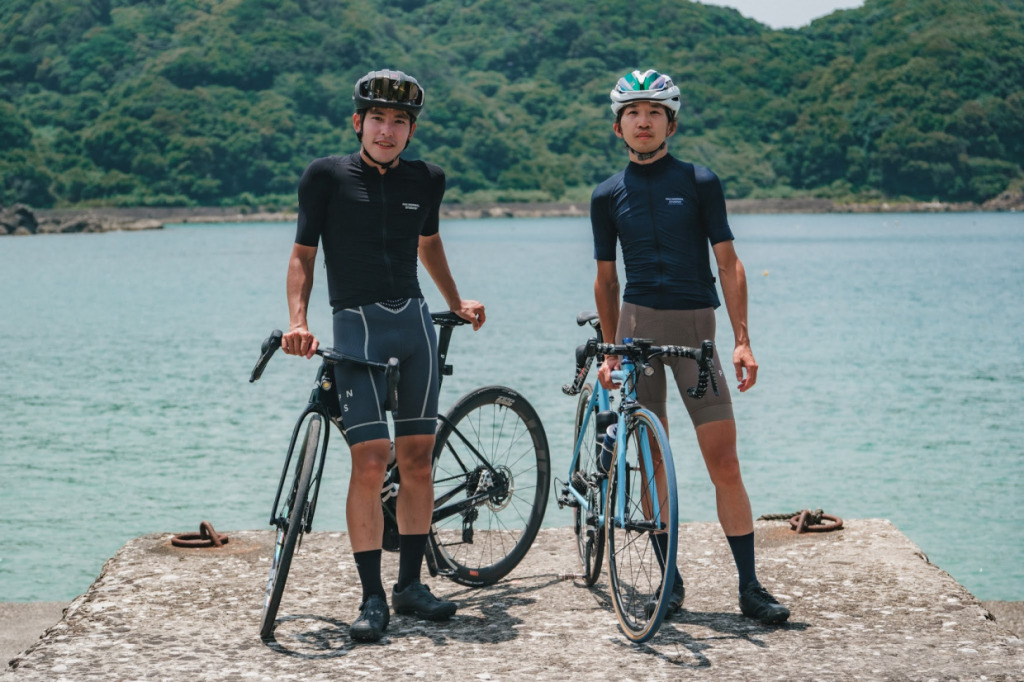
🚲 List of Stopover Points
Yura Marine Fishing Park https://yura-wakayama-kanko.jp/tsurikouen?utm
Tatego-iwa (Tategoiwa) Rock https://yura-wakayama-kanko.jp/tategoiwa?utm
Yura-dō Tunnel https://www.mlit.go.jp/sogoseisaku/region/infratourism/assets/pdf/meiji/kinki020.pdf
Café Ichirin https://www.instagram.com/ichirin_kissa/
Kii Hinomisaki Lighthouse https://www.guruwaka.com/hinomisaki/
Michishio no Yu (Hot Spring) http://www.town.wakayama-hidaka.lg.jp/docs/2014090300085/
🚲 Access to Aridagawa Town — Sample Routes
From the Kansai Area (Osaka, Kyoto, Kobe, etc.)
Departure: Osaka (JR Osaka Station / Tennoji Station)
From JR Tennoji Station or Shin-Osaka Station, take the Limited Express Kuroshio bound for Shirahama and get off at Fujinami Station
Duration: About 1 hour 30 minutes
Fujinami Station is the nearest station to Aridagawa Town
From the Kanto Area (Tokyo, Yokohama, etc.)
Departure: Tokyo Station
From Tokyo Station, take the Tokaido Shinkansen “Nozomi” to Shin-Osaka Station (about 2 hours 30 minutes)
From Shin-Osaka Station, take the Limited Express Kuroshio bound for Shirahama and get off at Fujinami Station
Total duration: Approximately 4 hours
Note: Some Limited Express Kuroshio trains pass through Fujinami Station without stopping, so please check the timetable in advance
Departure: Haneda Airport
Fly from Haneda Airport to Nanki-Shirahama Airport (JAL, about 1 hour)
From Shirahama, rent a car or take the limited express train back to Fujinami Station (a slightly longer route)
Profile
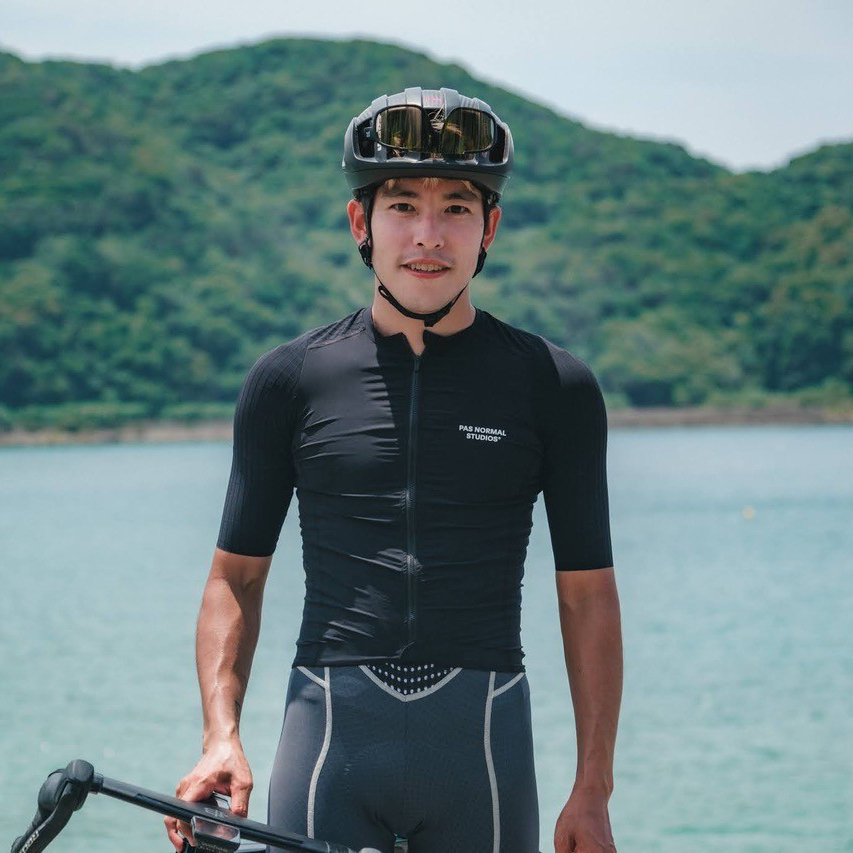
Writer
Ryuji Ise — Passionate about competitive cycling since high school, Ryuji has worked as an editor for cycling magazines and in the apparel industry. In 2022, he relocated to Ehime Prefecture, where alongside his main career in apparel, he also works as a guide involved in inbound cycle tourism.
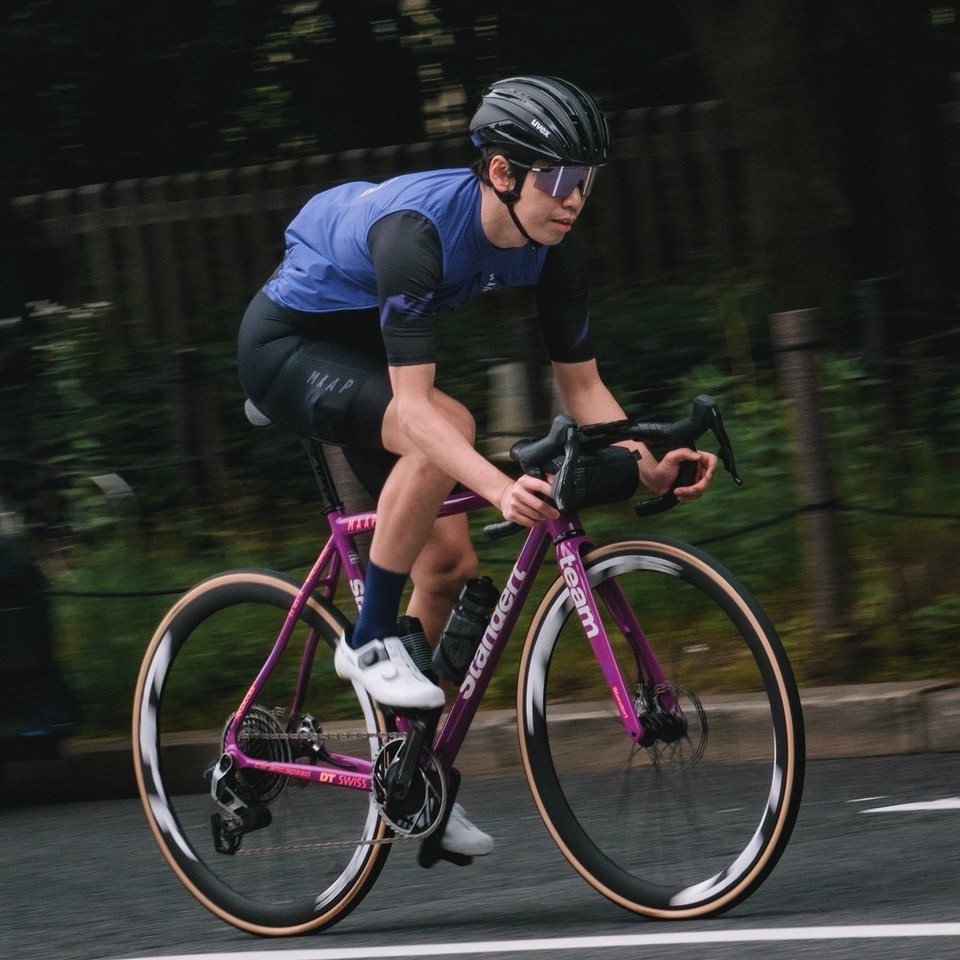
Photographer
Tats Shimizu — A photo and videographer and editor-in-chief of the cycling media outlet LOVE CYCLIST. With 12 years of experience in the sport bike scene, he enjoys exploring the sports bike industry—mainly road bikes—from a marketing perspective. He has worked extensively on shoots for domestic and international bicycle brands, maintains a broad network of connections, and proposes various cycling styles through media channels. His main bikes are a Standert (road) and a Factor (gravel).
Post Date:2025.08.08